

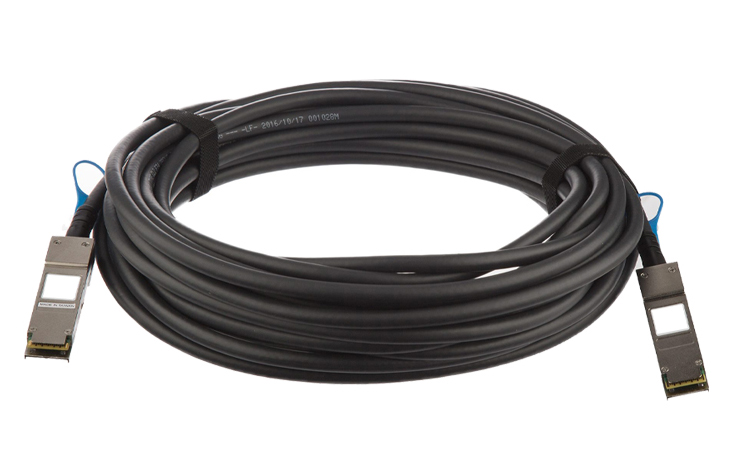
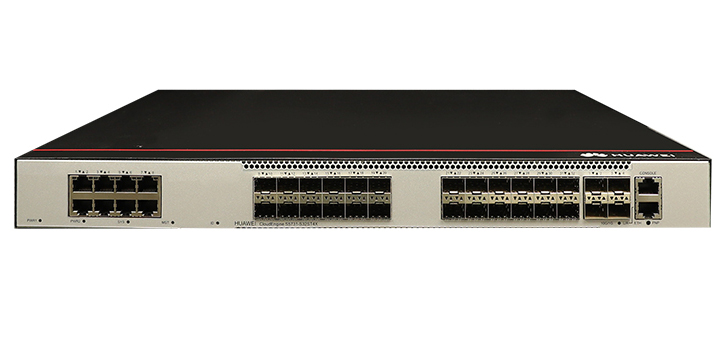
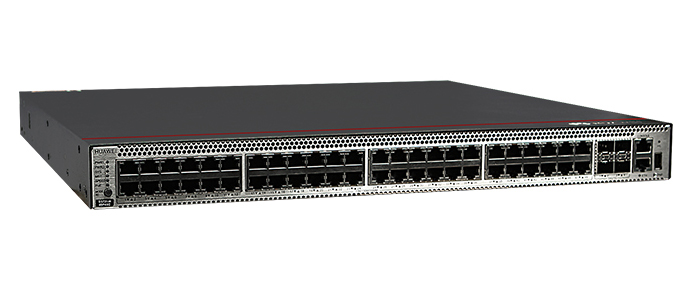
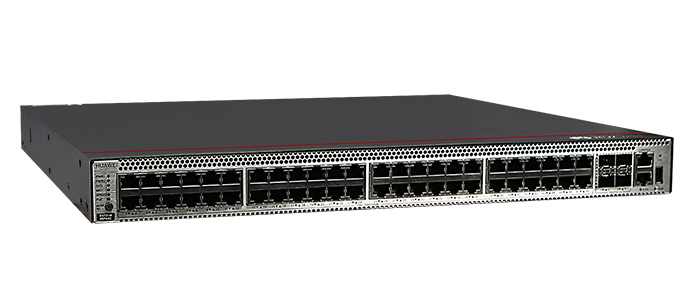


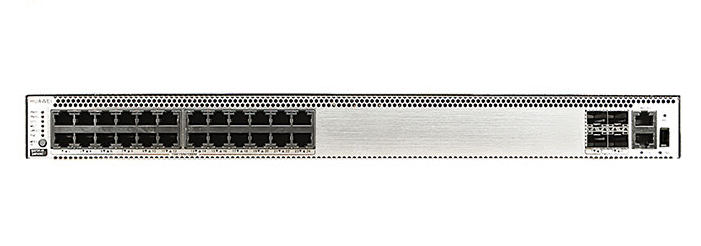
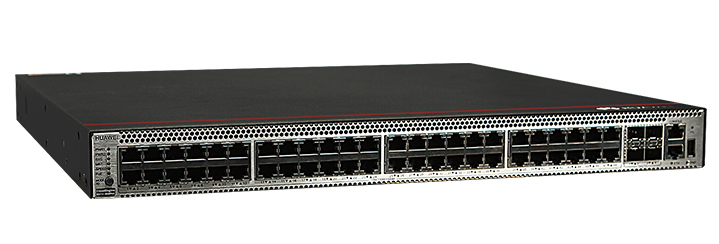
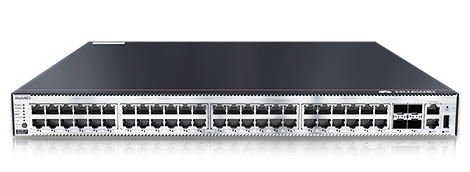
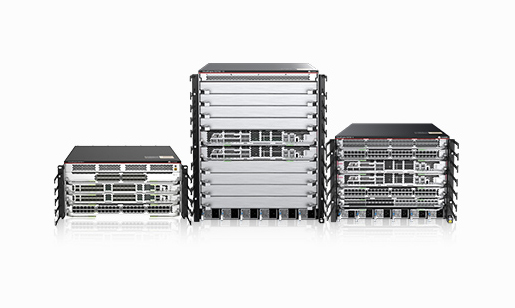
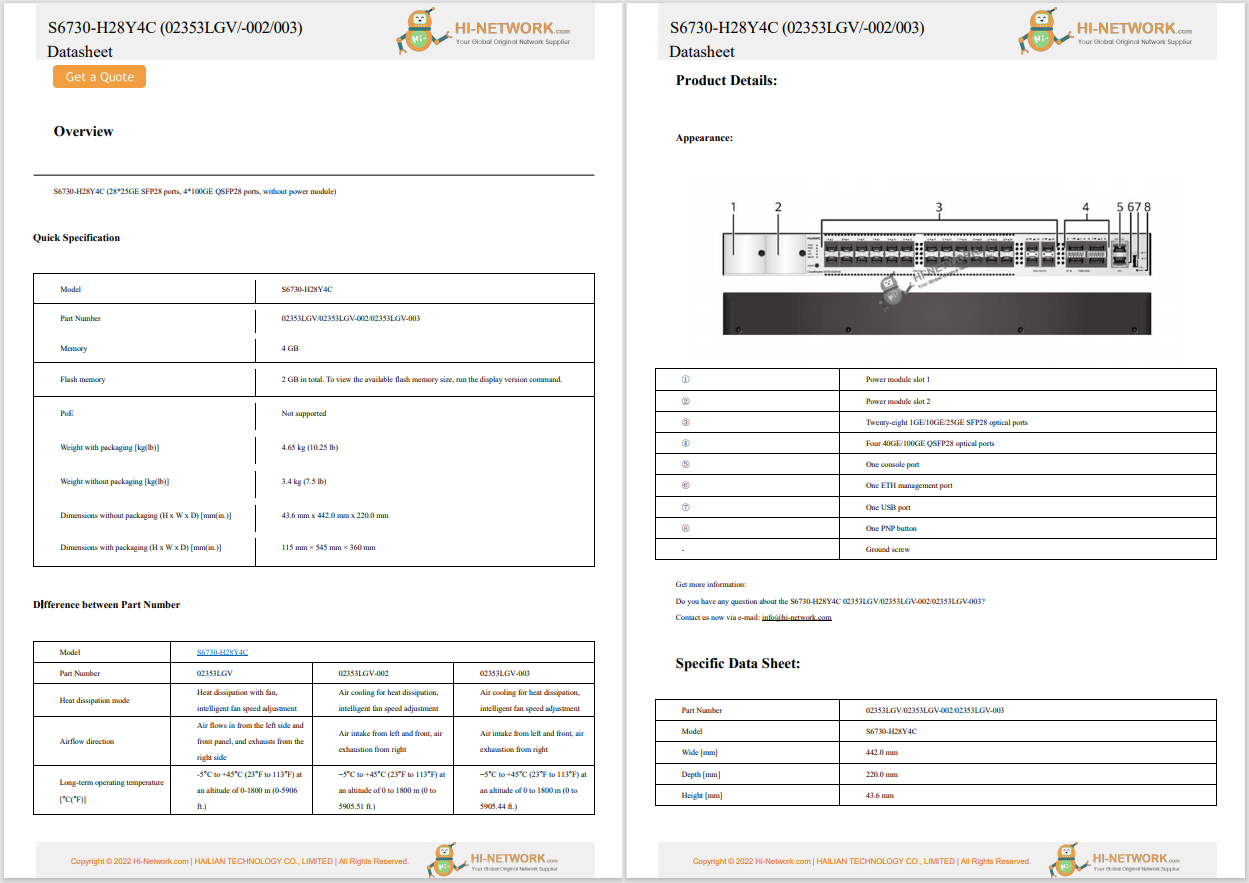

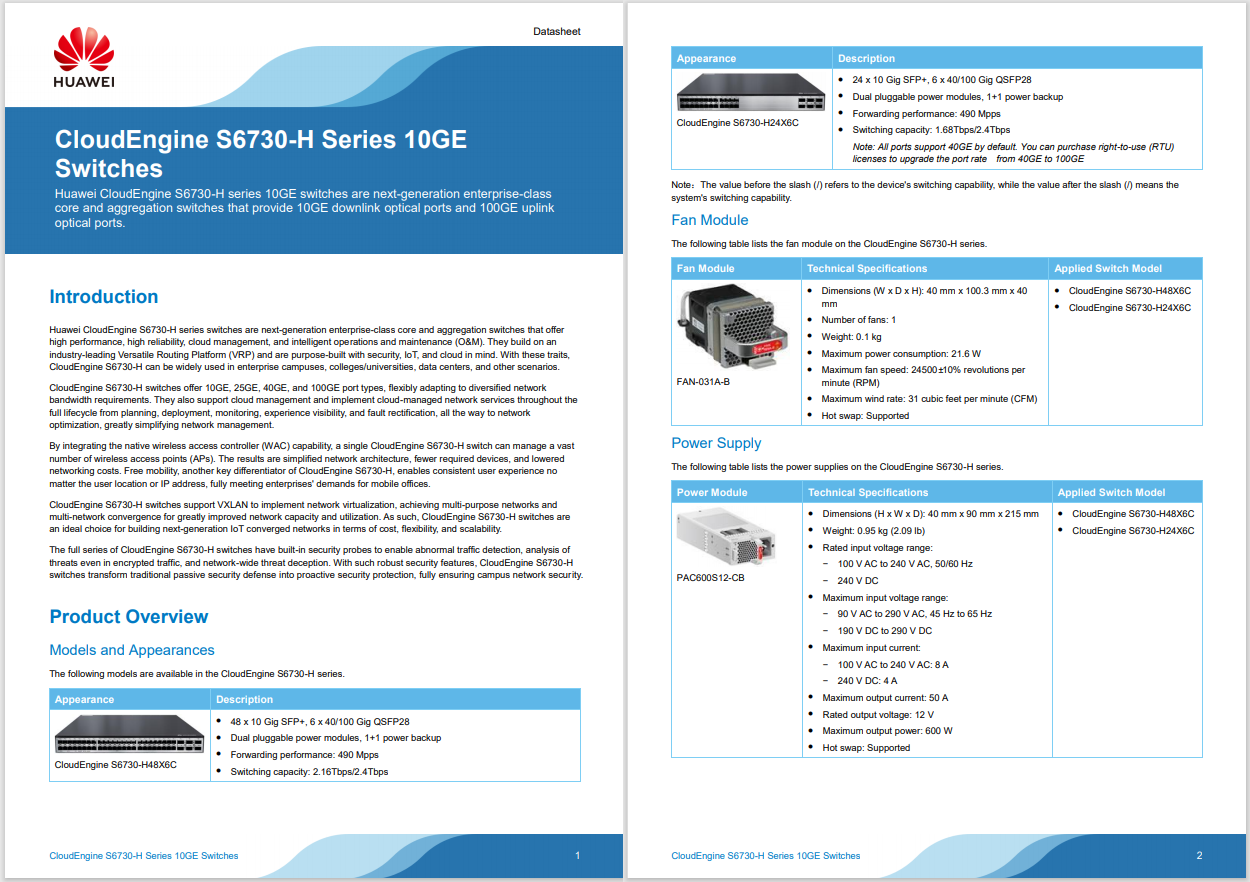
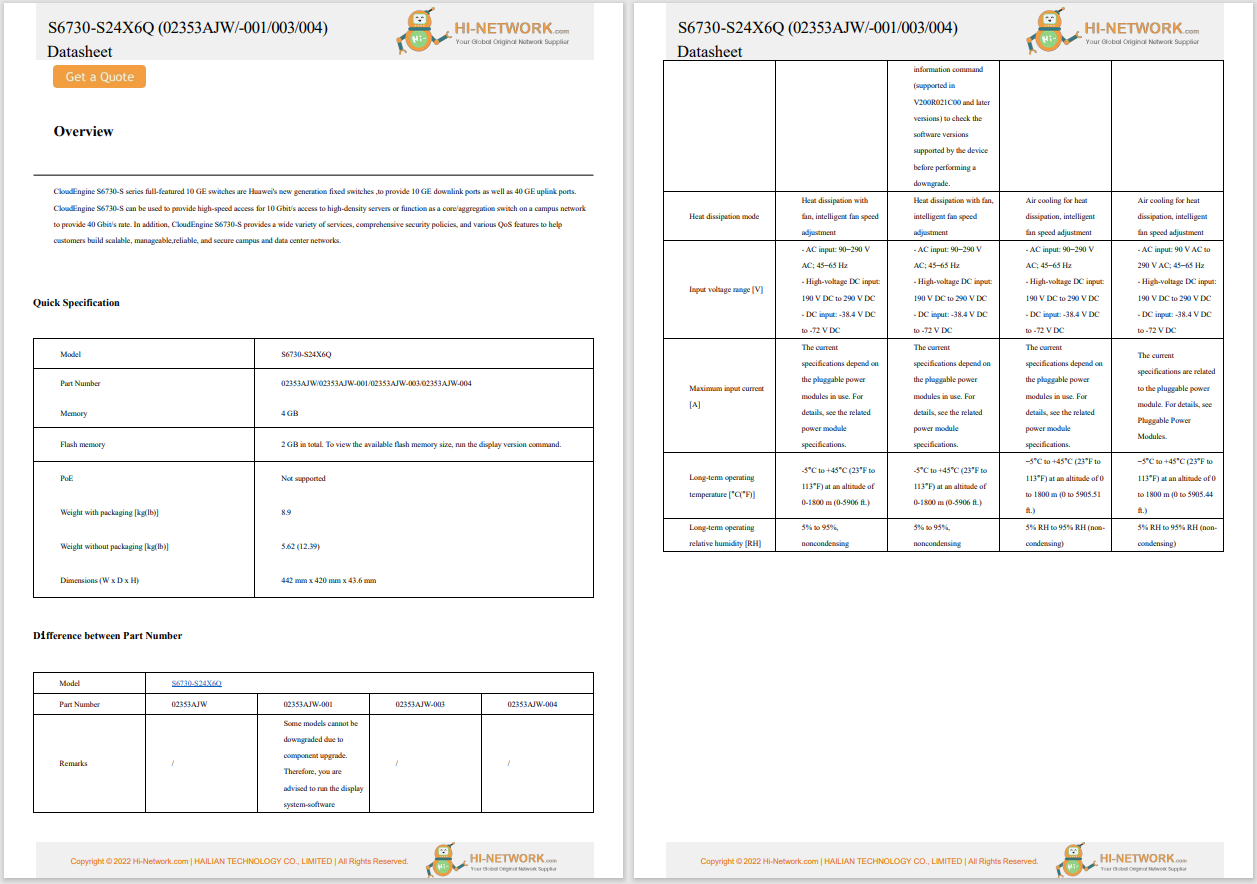

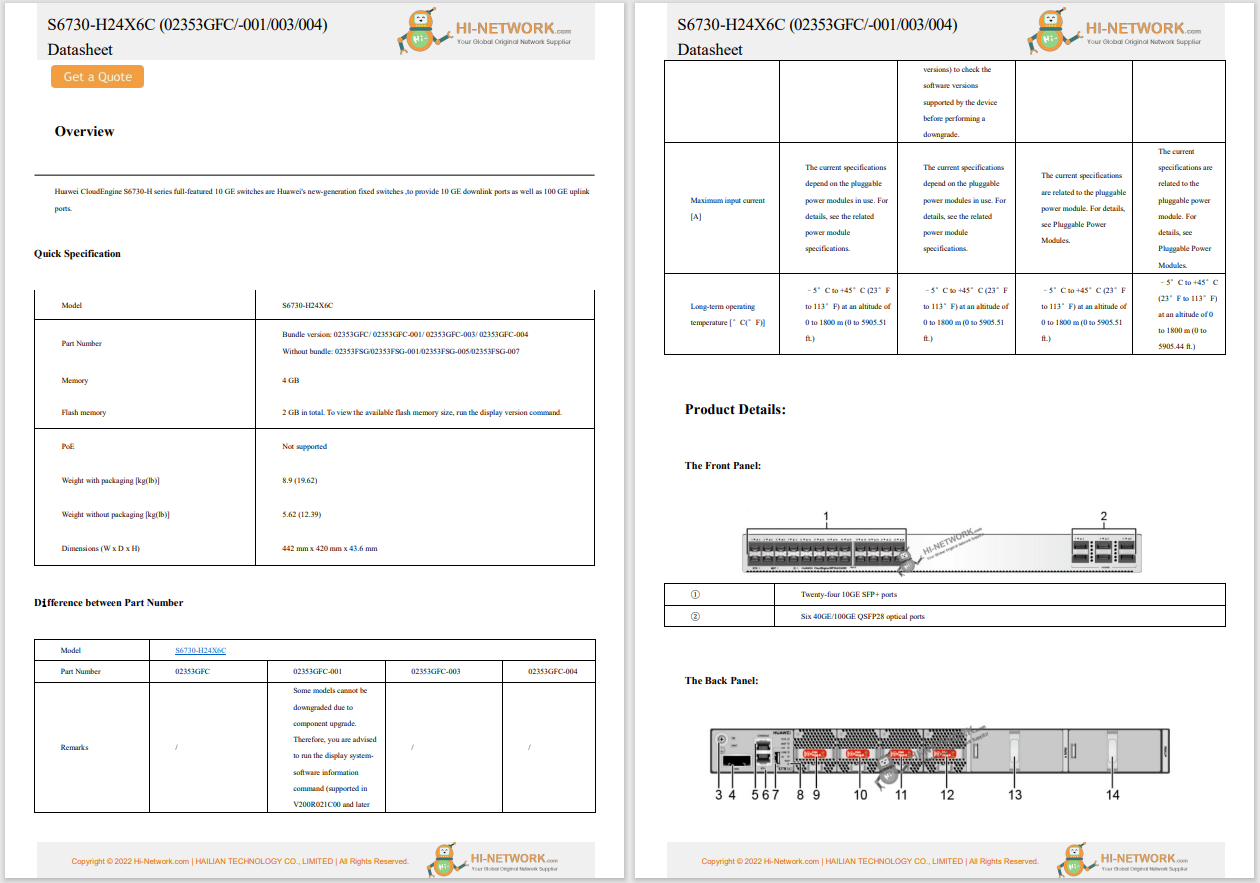
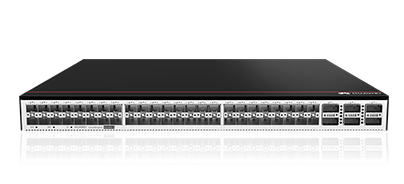
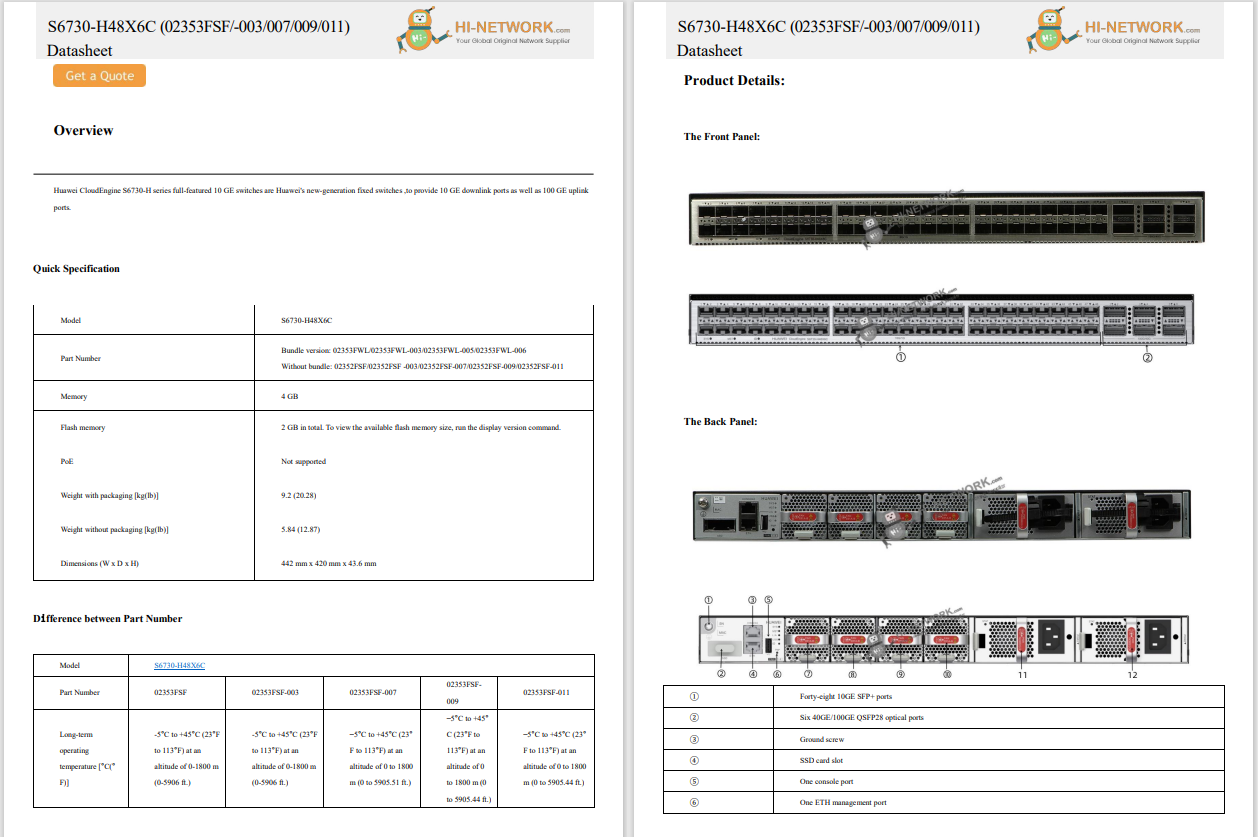
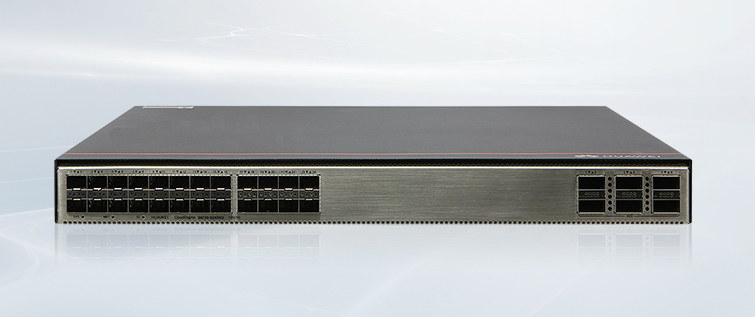


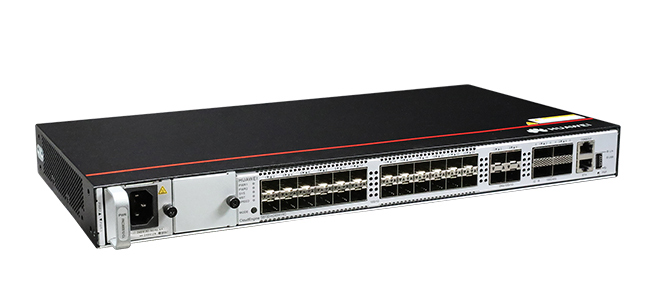
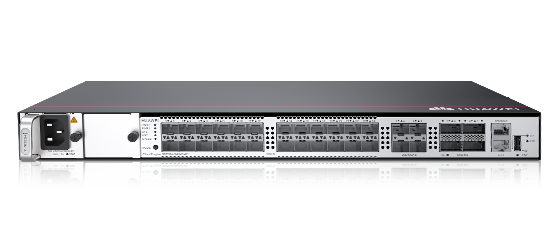
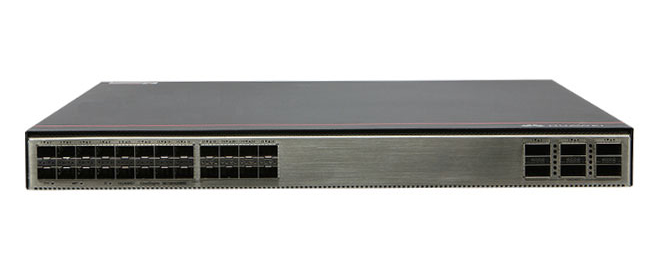


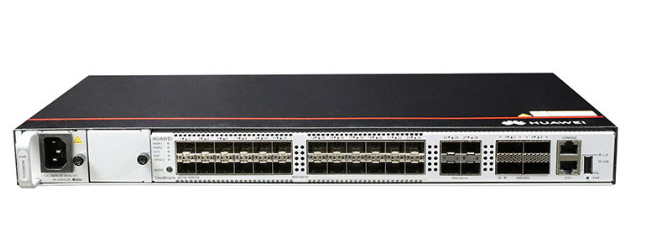
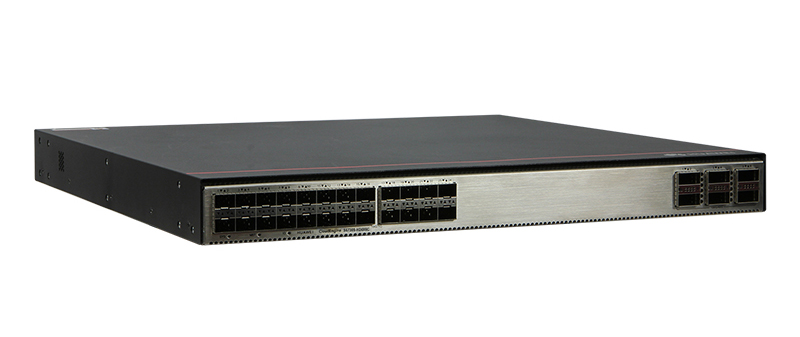
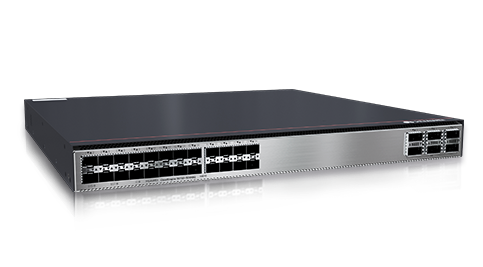
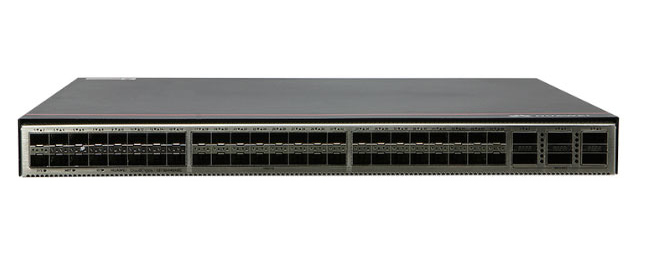
Service providers are standing on the precipice of a networking future driven by artificial intelligence (AI). Investments are surging and organizations across the globe are ramping up their AI strategies. According to the 2024 Cisco AI Readiness Index, 50% of companies have committed a significant portion of their budget-between 10-30%-to AI. McKinsey's state of AI 2024 report reveals that 65% of organizations are already implementing generative AI across marketing, sales, product development, and services.
The rapid adoption of AI is impacting the nature of traffic flowing across service provider networks. For instance, S&P Global Market Intelligence expects 62% of total data by 2027 will be processed at the edge. Meanwhile, a recent Lightwave white paper cites 40% of internet content providers reporting that AI workloads are driving up to a 30% increase in data center interconnect (DCI) capacity.
As AI transforms the networking landscape, service providers can embrace the full potential of this technological revolution and achieve more in a competitive landscape.
Workloads for generative AI and agentic AI are unlike anything we've seen before. Not only do they require vast amounts of processing power to train and refine models, but they also need scalable and reliable network connectivity to input and analyze new data into AI models for real-time inferencing. While centralized networking can support the massive requirements for AI training, a more distributed network transport model will be required for real-time inferencing applications-often occurring closer to the end user and data sources for faster response times.
Service providers are in a unique position to capture a key role in the emerging AI ecosystem. They control the networks that connect the locations where AI data is generated and where AI applications are consumed, and the data centers where AI training and inferencing applications process massive data sets.
Connecting all this AI traffic requires service providers to rethink how they architect their network to support demanding and dynamic requirements for bandwidth, speed, service performance, resiliency, latency, and security. Our commitment to service providers is to help them evolve their networks in the following ways:
Today, we are excited to introduceCisco Agile Services Networking, an architecture for AI connectivity that enables service providers to monetize the delivery of assured services and networking. Agile Services Networking incorporates key portfolio innovations:
Of course, our customer's perspective on attaining a simplified network is always the most important voice in the room.
Swisscom Executive Vice President of Networks, Markus Reber, shared his thoughts with us about the work we accomplished together: "We partnered with Cisco, adopting their Agile Services Networking architecture from end-to-end and implementing Silicon One-based 8000 series routers, which perfectly aligned with our sustainability and business goals. In our journey so far, we have been able to converge 20 MPLS networks into 1 SRv6 network with an astounding 90% reduction in power." You can see the whole story here.
It's clear that AI will continue to have a revolutionary impact. Visit our Cisco Agile Services Networking web page to see how we can help you ensure that your networks are simplified, resilient, and intelligent-ready to unlock the new services of tomorrow.
Get AI-ready connectivity.
Learn more about Cisco Agile Services Networking.
 Hot Tags :
Hot Tags :